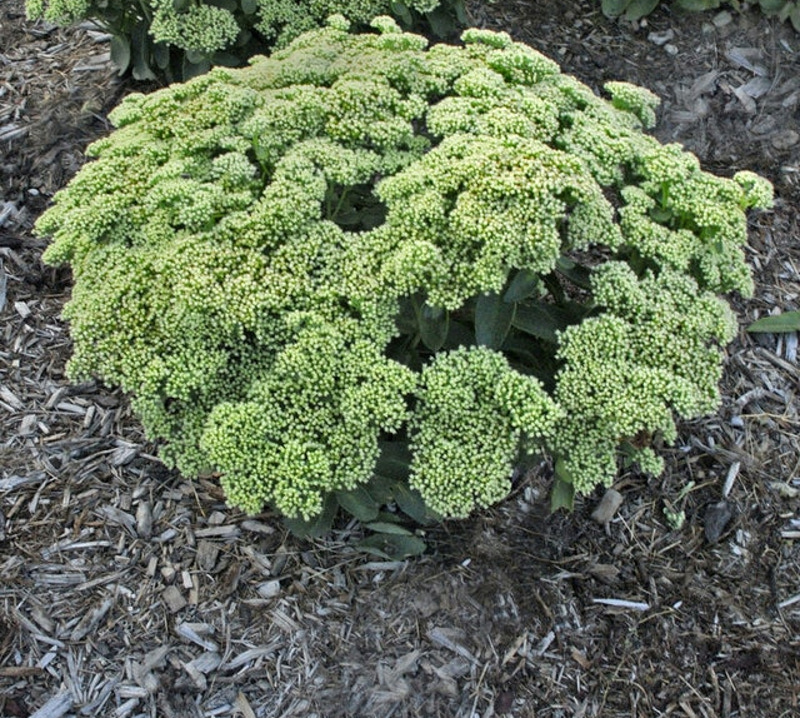Sedum (Stonecrop) is a perennial plant in the succulent family. Succulents have thick fleshy leaves that store water and nutrients. Native to Europe and North America, the hardy sedum can tolerate poor quality dry soil and generally does not require a lot of fertilizing or nourishment. In most cases, when planted in well drained quality soil, healthy established plants will thrive without fertilizer.

Despite the ability to grow in poor soil, stonecrops do like fertile soil. An application of fertilizer each spring will not hurt the plant. If your soil is rich in nature, fertilize every other year. Do not overfeed sedums as it can lead to floppy growth.
How to Fertilize Sedum
Sedum prefers well drained slightly acidic soil with a pH of 6-6.5. Unless your soil is in extremely poor condition, it is sometimes best to avoid fertilizing. In fact, if you divide the plants each year and replant with fresh soil, that is all of the nutrition sedums need.
Too much fertilizer can be more harmful than no fertilizer at all. Over fertilizing can result in weak floppy growth making the sedum unable to withstand drought conditions.
If a stonecrop is growing in rich well drained soil, fertilizing every other spring is plenty. Use an all purpose granular fertilizer with equal amounts of nitrogen, phosphorus and potassium. Sprinkle a handful on the soil and water well.
If using a liquid fertilizer, it is best to use it half-strength. Another option is to add a light layer of compost to the soil. If the sedum is growing in a container, use a half solution of cactus or succulent fertilizer.

Best Time To Fertilize Sedum
Sedums are very low-maintenance light feeders. A light dose of granular fertilizer in the spring is all it needs. Liquid fertilizer mixed at half-strength works as well. At the end of the growing season, when the plant has died back, mulch with a rich compost. The sedum will be well fed throughout the winter.
Best Fertilizer For Sedum
Sedums require little to no fertilizer. Oftentimes, a thin layer of compost added to the soil will be all of the nutrients the plants need. You can use an all purpose granular fertilizer with equal amounts of nitrogen, phosphorus and potassium. Use sparingly and water it well into the soil. When using a liquid fertilized, dilute it to half-strength. Too much nitrogen can soften the plant tissue making it susceptible to wilting and rotting.
Sedum Fertilizing Tips
- Fertilize once a year in the spring
- A handful of all purpose fertilizer is enough (water well)
- Dilute liquid fertilizers to half-strength
- Compost is a good substitute for fertilizer.
- Avoid too much nitrogen- it can cause rot
- Sedum is hardy - it will grow without fertilizer
Warnings
-Always wear protective gloves and a face mask when handling chemical fertilizers.
-Closely follow all directions and storage guidelines that are on the fertilizer label.
 |
Author Chris Link - Published 01-28-2021 |
